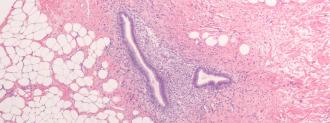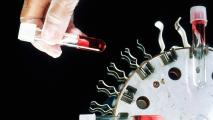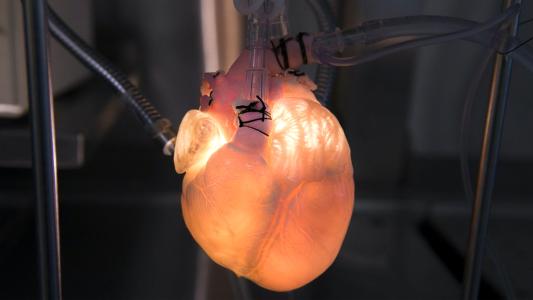A more effective treatment for endometriosis — a painful and incurable gynecological condition that affects more than 170 million women worldwide — may be on the horizon.
Scientists at Oregon State University say nanotechnology can be used to both identify and kill the diseased tissue that causes the condition, potentially offering a safer and more effective alternative to the multiple surgeries that are currently required.
Endometriosis Treatment
Endometriosis affects approximately 10% of women during their reproductive years, and while the most common symptom is pain, the condition can also cause bleeding, digestive issues, and fertility problems.
The disease gets its name from the endometrium, a type of tissue that lines the inside of the uterus. In women with endometriosis, an endometrium-like tissue forms lesions where it’s not supposed to, such as on the ovaries, fallopian tubes, or outside of the uterus.
While surgically removing the diseased tissue can alleviate some of the symptoms, for 50% of women this surgery is not a one-and-done experience: the tissue simply grows back. Women often require three or more surgical attempts to treat their symptoms.
Surgery also carries with it the risk of complications, such as infection, and there’s a chance the doctor might harm healthy tissue during the operation.
In pursuit of an alternative endometriosis treatment, scientists in Oregon turned to nanotech.
Nanoparticles That Seek and Destroy
For their study, published in the journal Small, the researchers sought out a way to use nanoparticles to deliver a special dye to endometriotic lesions.
This dye turns fluorescent once inside the cells, and when exposed to near-infrared light — which can penetrate human tissue — it heats to temperatures that kill them.
“The challenge has been to find the right type of nanoparticles,” researcher Oleh Taratula said in a news release. “Ones that can predominantly accumulate in endometriotic lesions without toxic effect on the body, while preserving their imaging and heating properties.”
The dye heats to temperatures that kill the diseased tissue.
Based on the researchers’ lab experiments, it appears they may have found them.
When the researchers injected mice that had received transplants of endometriotic lesions with the nanoparticles, they could see the dye in the transplanted tissue within 24 hours. By exposing the mice to near-infrared light, the researchers were then able to kill the tissue.
The team now plans to conduct additional experiments on animals and already has a grant to study the treatment on macaques.
If the animal studies go well, the researchers hope to advance to human clinical trials, potentially leading to a new treatment for the painful condition currently affecting so many women.
We’d love to hear from you! If you have a comment about this article or if you have a tip for a future Freethink story, please email us at tips@freethink.com.






